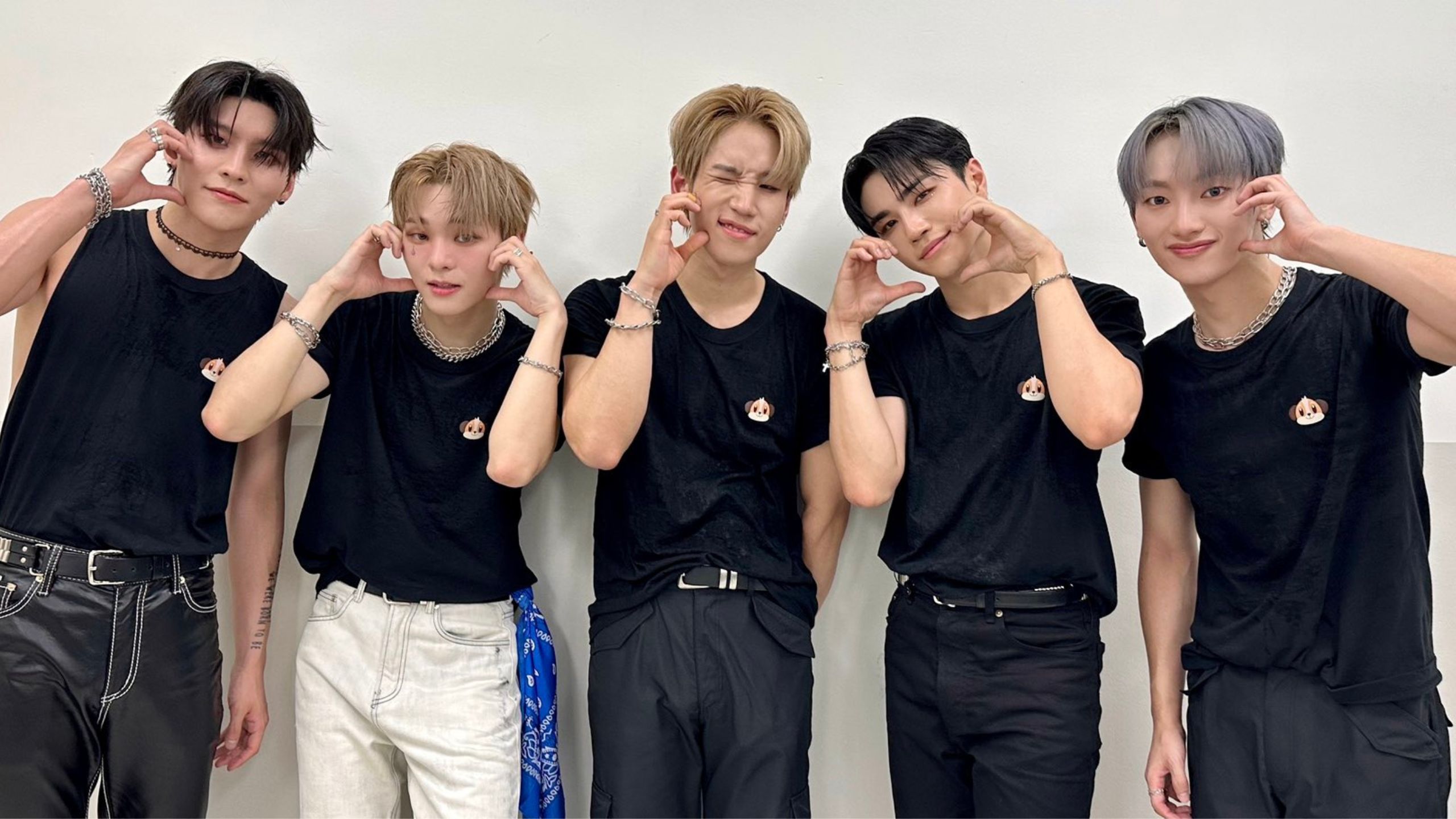VANNER, the winners of the hit reality competition show Peak Time, are back in the spotlight with their forthcoming album VENI, VIDI, VICI. The album’s title is a famous Latin phrase that means, “I came, I saw, I conquered.” It’s commonly attributed to Julius Caesar in 47 B.C. as a comment on his short war with Pharnaces II of Pontus in Zela. The phrase refers to a swift, conclusive victory.
In the context of VANNER‘s new album, the phrase “veni, vidi, vici” symbolizes their journey in the K-pop scene. The band came into the industry (veni), saw the challenges and the competition (vidi), and with their win on Peak Time, they conquered (vici) the big time. It perfectly encapsulates their struggle, journey, and ultimate victory, making it a fitting title for their album.
VANNER(배너) 1ST MINI ALBUM
[VENI VIDI VICI]Scheduler
🎧 2023. 08. 21. 6PM (KST)#VANNER #배너 #VENI_VIDI_VICI#20230821_6PM pic.twitter.com/w20XNQBkgM
— VANNER 배너 (@VannerOfficial) August 1, 2023
The band’s recent teasers have sparked anticipation among their fanbase, who have been awaiting new music since their big win. They debuted in 2019 and faced an uphill battle to get recognition. On Peak Time, the members—Ahxian, Gon, Hyesung, Taehwan, and Yeonggwang—competed as Team 11:00. They all held part-time jobs but still gave the show their all.
VANNER goes global
Since then, VANNER has performed in front of thousands at the Jamsil Arena and signed with CEO Eshy Gazit for their promotions in the United States. Gazit is a partner of Maverick Management under Live Nation and the CEO of Intertwine Music. He played an essential role in promoting K-pop in the United States. He has worked with BTS, MONSTA X, and Tiffany Young.
VANNER(배너) 1ST MINI ALBUM
[VENI VIDI VICI] – PERFORMERAlbum Sampler
🎧 2023. 08. 21. 6PM (KST)#VANNER #배너 #VENI_VIDI_VICI #PERFORMER#20230821_6PM pic.twitter.com/J3gl3Gri3m
— VANNER 배너 (@VannerOfficial) August 2, 2023
VANNER has also unveiled the track list for VENI VIDI VICI, giving fans an idea of what they can expect from it. The mini album features a diverse range of songs, each one highlighting the band’s unique musical flair and versatility. According to the teaser image, the album’s title track is “Performer.” The B-sides include “Diamonds,” “Form,” “Savior,” “TBH,” and “Want U Back.”
VENI VIDI VICI marks the group’s first comeback since they took the Peak Time crown, and it’s set to drop on August 21. This step is significant to the band. It reflects their journey and drive to leave a lasting impression on K-pop fans worldwide. – K-Pop News Writer
VANNER(배너) 1ST MINI ALBUM
[VENI VIDI VICI]Track List
🎧 2023. 08. 21. 6PM (KST)#VANNER #배너 #VENI_VIDI_VICI#PERFORMER#20230821_6PM pic.twitter.com/2YNrox5wWM
— VANNER 배너 (@VannerOfficial) August 3, 2023
Featured Image: They’re talented and have a lot of aegyo. Source: Twitter/@VANNERofficial.
